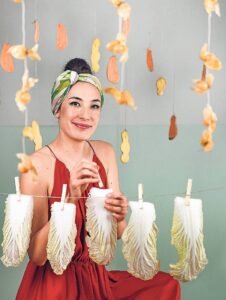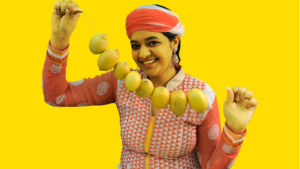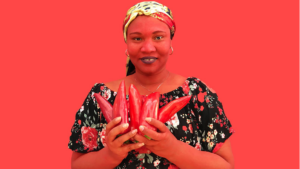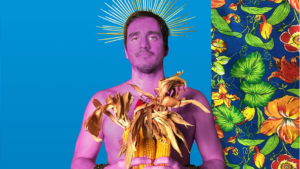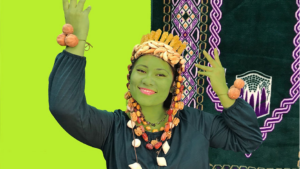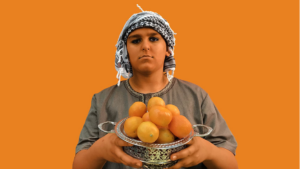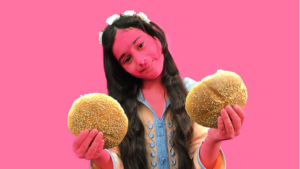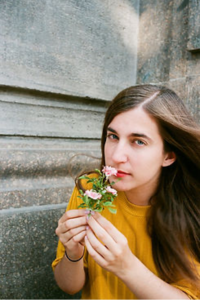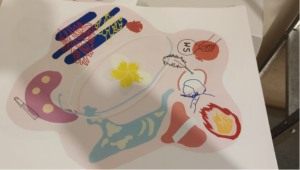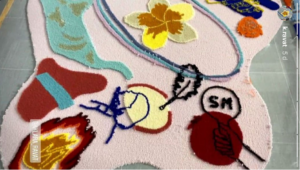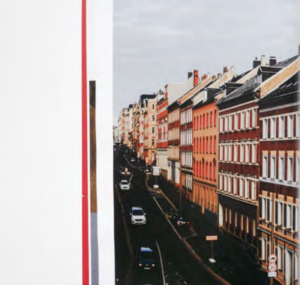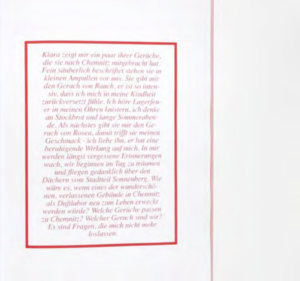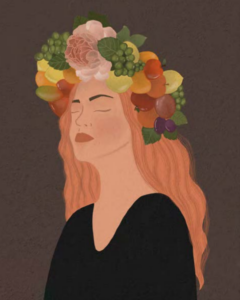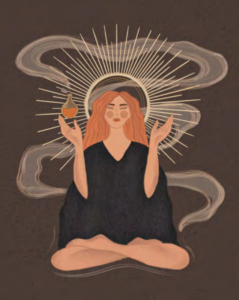Autos schlängeln durch die Straßen,
rumpelnd Schlaglöcher abzupassen
– hören.
Abgase infizieren reinigende Luft,
verteilen im Takt chronisch, ruß’gen Duft
– riechen.
Zunge sanft vom Inhalat umschmeichelt,
sucht vergebens nach Süße, die streichelt
– schmecken.
Triste Häuser immer Grauer,
Blick gen Himmel tilgt die Trauer
– sehen.
Gassen schleusen eis’gen Wind,
frostig piekst er Mann und Frau und Kind
– fühlen.
getrübte Freuden lauern im Quartier
öffnen uns eine imaginäre Tür
– 6. Sinn
Hier, wo die Arbeiterschaft einst nächtigte, Leerstand nachwievor präsent ist, Müll auf den Straßen und ein rauher Umgangston zuweilen für Unmut sorgen, haben wir uns auf Genussreise begeben. Denn so sehr das Bild des Viertels nach Außen getrübt scheint, so sehr liegt darin auch eine eigensinnliche (!) Form des Genusses verborgen.
Indem wir sechs Künstler:innen und drei örtliche Kreativschaffende über einen Zeitraum von fünf Monaten zusammenbrachten, stießen wir den theoretisch-praktischen Dialog um einen Sonnenberg der sinnlichen Genüsse an, den es sich lohnt mit Freude zu entdecken.
In drei Etappen erforschten hierfür zeitgleich jeweils zwei Künstler*innen einen der sechs Sinne. Ihre Arbeit wurde begleitet von drei Dokumentar:innen aus den Bereichen Musik, Journalismus und Design/Fotografie.
Ob Kulinarik, Intervention, Performance, Installation oder Rundgang – wir machten den Sonnenberg mit allen Sinnen sicht- und fühlbar.

